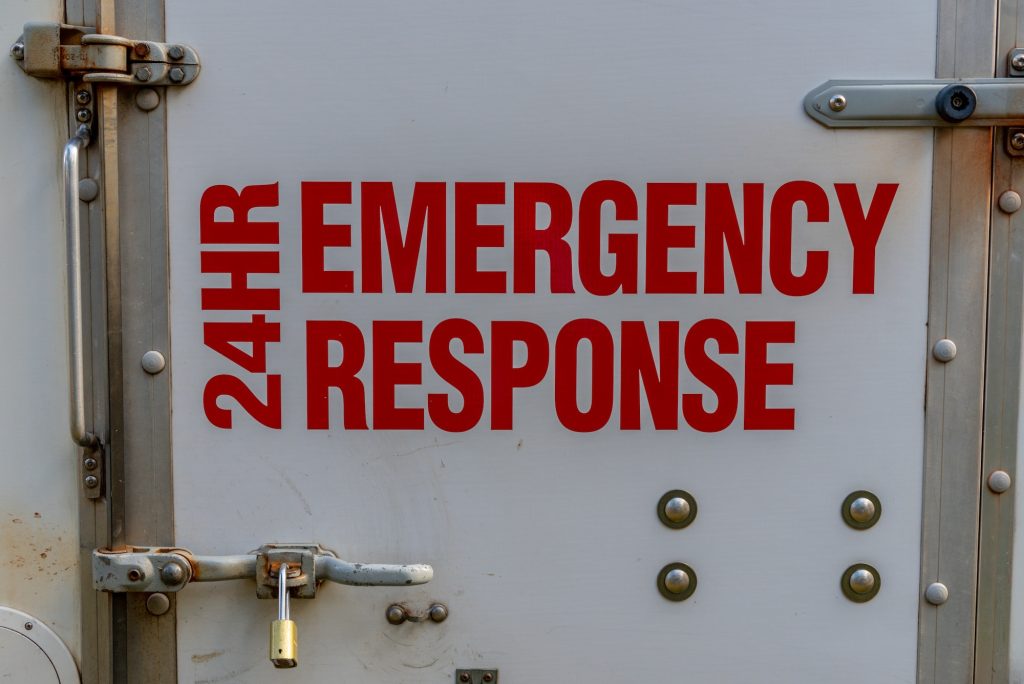
Emergency response planning and drills are essential components of any organization’s safety protocols. In the event of a crisis or disaster, having a well-thought-out plan in place can save lives and minimize damage. By conducting regular drills and training exercises, organizations can ensure that their employees are prepared to respond effectively in emergency situations.
Emergency response planning involves identifying potential risks and developing strategies to mitigate them. This includes creating evacuation plans, establishing communication protocols, and designating specific roles and responsibilities for employees during an emergency. By thoroughly planning for various scenarios, organizations can increase their chances of a successful response when disaster strikes.
Drills play a crucial role in testing the effectiveness of an organization’s emergency response plan. By simulating different emergency scenarios, organizations can identify weaknesses in their plan and make necessary adjustments. Regular drills also help familiarize employees with proper procedures and protocols, ensuring that they can act quickly and confidently during an actual emergency.
Emergency response planning and drills are vital components of any organization’s safety strategy. By investing time and resources into developing comprehensive plans and conducting regular training exercises, organizations can better protect their employees, assets, and reputation in the face of unforeseen emergencies.
- 𝗔𝗰𝗰𝗶𝗱𝗲𝗻𝘁 𝗜𝗻𝘃𝗲𝘀𝘁𝗶𝗴𝗮𝘁𝗶𝗼𝗻 𝗮𝗻𝗱 𝗥𝗲𝗽𝗼𝗿𝘁𝗶𝗻𝗴:
Accidents are unexpected events that can have serious consequences, both physically and emotionally. While academic pursuits are important, it is crucial to also prioritize accident prevention and reporting in order to maintain a safe environment for all individuals involved.
Accident investigation involves identifying the root causes of an incident in order to prevent similar occurrences in the future. By thoroughly examining the circumstances leading up to an accident, organizations’ can implement safety measures and protocols to mitigate risks and ensure the well-being of staff. Additionally, accurate reporting of accidents is essential for maintaining transparency and accountability.
Reporting accidents promptly allows for timely intervention and support for those affected. It also enables administrators to track trends and patterns that may indicate systemic issues requiring attention. By fostering a culture of open communication and accountability, organizations’ can create a safer environment for everyone.
Prioritizing accident investigation and reporting is equally crucial in ensuring the safety and well-being of individuals within work settings. By taking proactive measures to prevent accidents and promptly addressing incidents when they occur. Organizations’ can uphold their commitment to providing a secure environment for all members of their community.
- 𝗧𝗲𝗰𝗵𝗻𝗶𝗾𝘂𝗲𝘀 𝗳𝗼𝗿 𝗶𝗻𝘃𝗲𝘀𝘁𝗶𝗴𝗮𝘁𝗶𝗻𝗴 𝘄𝗼𝗿𝗸𝗽𝗹𝗮𝗰𝗲 𝗮𝗰𝗰𝗶𝗱𝗲𝗻𝘁𝘀:
When investigating workplace accidents, it is crucial to utilize proper techniques in order to determine the root cause and prevent future incidents. One technique commonly used is conducting interviews with employees who were present during the accident. By gathering firsthand accounts, investigators can piece together a timeline of events leading up to the incident.
Another important technique is examining physical evidence at the scene of the accident. This may include taking photographs, measuring distances, and collecting samples for further analysis. By carefully documenting the physical evidence, investigators can reconstruct what happened and identify any safety hazards that may have contributed to the accident.
In addition to interviewing witnesses and examining physical evidence, it is also essential to review relevant documentation such as safety protocols, training records, and maintenance logs. This information can provide valuable insights into whether proper procedures were followed leading up to the accident.
By utilizing a combination of techniques such as interviews, physical evidence examination, and document review, investigators can conduct thorough investigations into workplace accidents. These techniques are essential for identifying underlying causes and implementing effective preventive measures to ensure a safe work environment for all employees.
- 𝗥𝗲𝗽𝗼𝗿𝘁𝗶𝗻𝗴 𝗮𝗻𝗱 𝗮𝗻𝗮𝗹𝘆𝘇𝗶𝗻𝗴 𝗮𝗰𝗰𝗶𝗱𝗲𝗻𝘁𝘀 𝘁𝗼 𝗽𝗿𝗲𝘃𝗲𝗻𝘁 𝗿𝗲𝗰𝘂𝗿𝗿𝗲𝗻𝗰𝗲:
Reporting and analyzing accidents is a crucial aspect of preventing future occurrences and ensuring the safety of individuals. By reporting accidents, organizations can identify trends, root causes, and areas for improvement in their safety protocols. This data-driven approach allows for targeted interventions and preventative measures to be implemented.
Analyzing accidents also provides valuable insights into human behavior, organizational culture, and systemic issues that may contribute to incidents. By understanding these underlying factors, organizations can develop comprehensive safety strategies that address the root causes of accidents rather than just their symptoms.
Furthermore, accurately reporting and analyzing accidents promotes transparency and accountability within an organization. It fosters a culture of open communication and continuous improvement, where employees feel empowered to report incidents without fear of retribution. This proactive approach to accident prevention ultimately leads to a safer work environment for all individuals involved.
Reporting and analyzing accidents is not only a legal requirement but also a critical component of effective risk management. By prioritizing accident prevention through data-driven analysis and proactive measures, organizations can create safer workplaces for their employees while minimizing potential liabilities.
